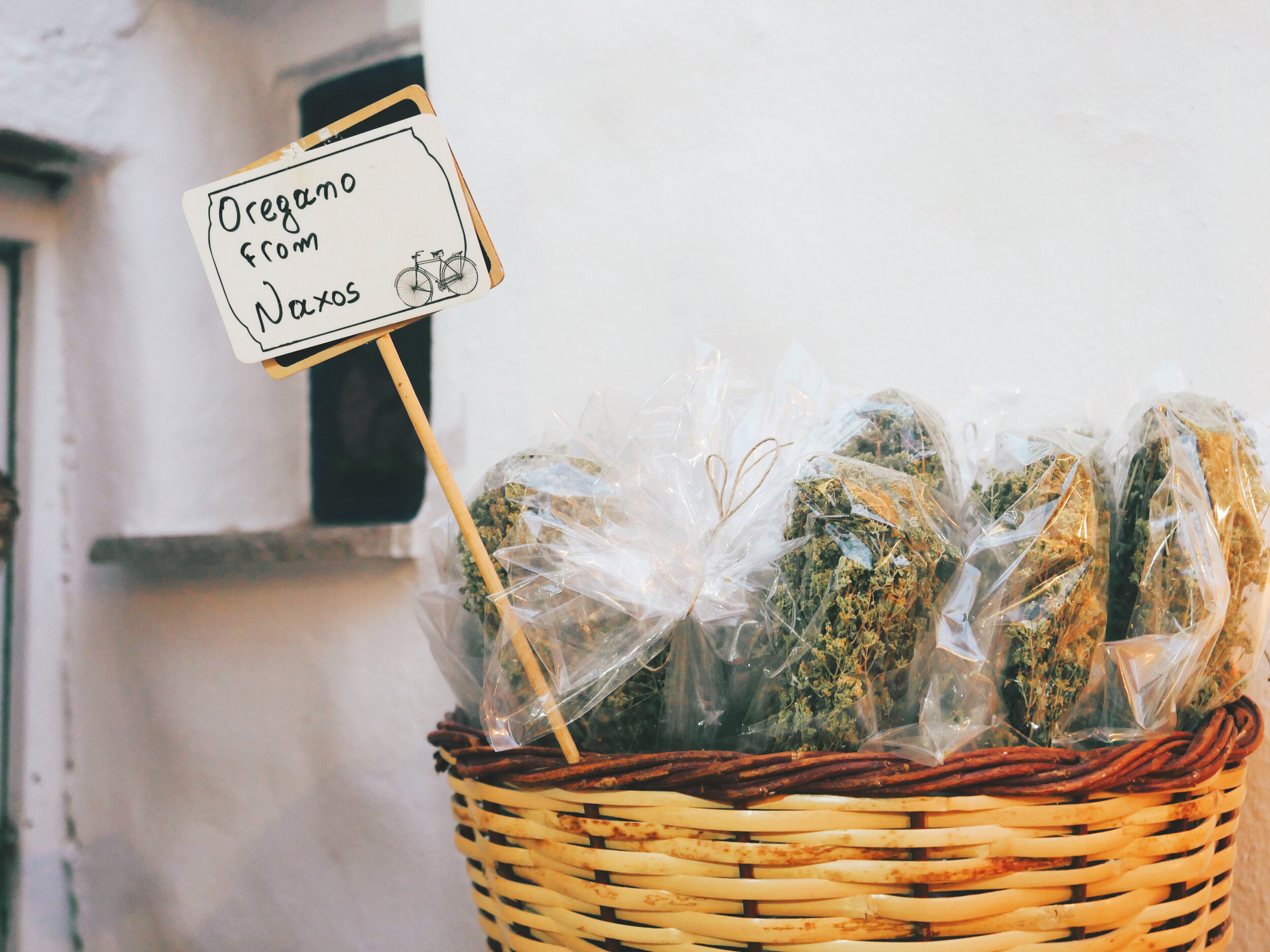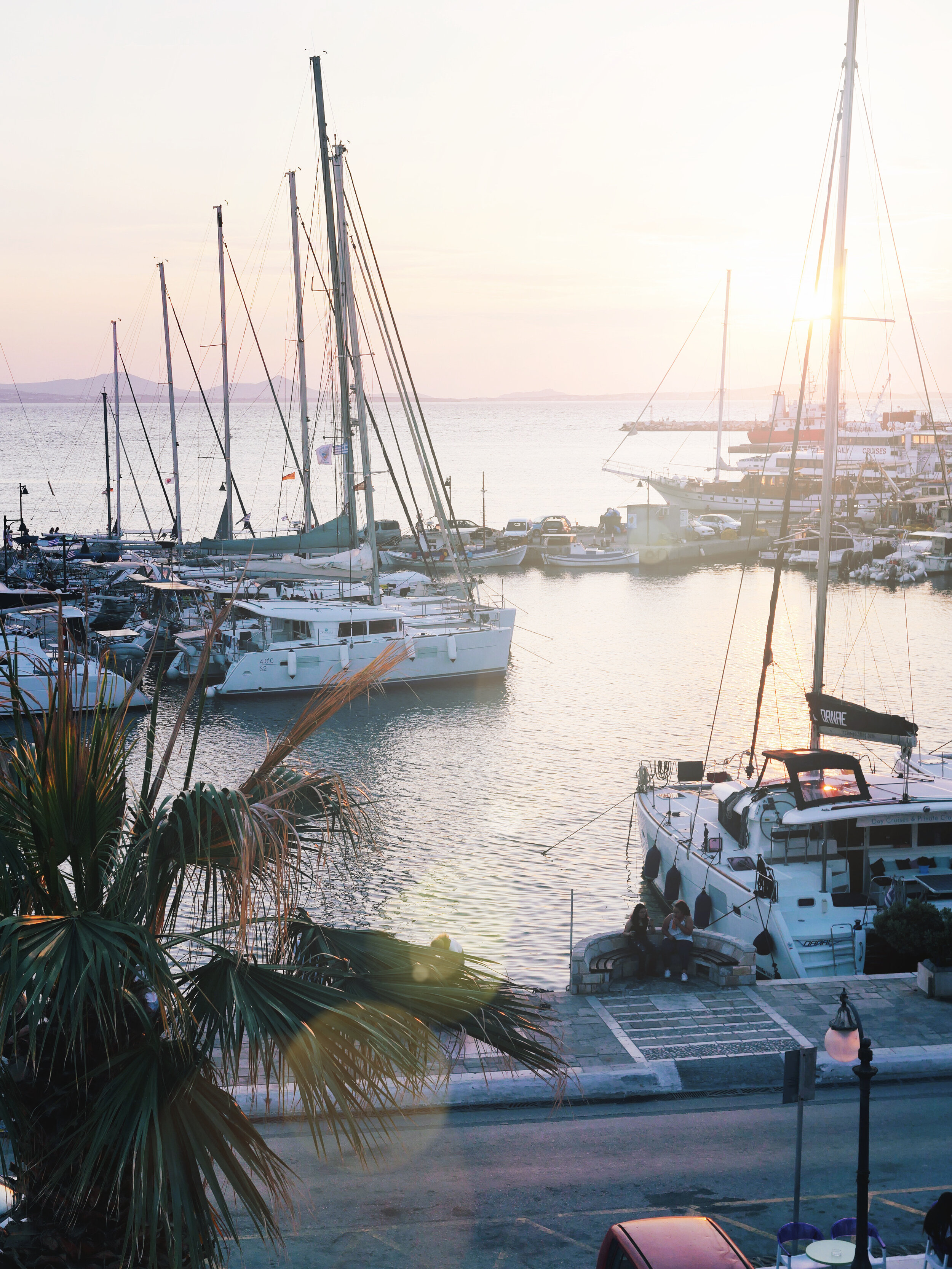Slow travel guide
What is slow travel?
Slow travel is the result of a different way of thinking about travel. For us it just means visiting a place, for longer than most other people, soaking up as much of the local culture as we can, in the still relatively short time you'll be there. Other great definitions of slow travel include the mindset that rejects traditional ideas of tourism and encourages you to soak in your environments 1; or slow travel is an offshoot of the slow food movement, which began in Italy in the 1980s as a protest against the opening of a McDonald's in Rome 2. and also that slow travel combines aspects of sustainability, mindfulness, awareness and responsible travel that enable deeper connections with the place and its people 3. Basically, there is no wrong way to do slow travel, you do you. However, there are some things all slow travelers seem to have in common:
- Chill, chill, chill - Yep, that means you are giving yourself time to literally slow down. Some places are more conducive to slowing down (and we'll cover that below) but in general, it's not so much the destination as it is the attitude that makes slow travel.
- Stay in one place longer - In order to chill, you generally need to stay in a place longer. Slow travel is about being able to see the sights w/out being in a frenzied rush. For example, if the weather is bad, you'll have the flexibility to visit a site another day and not in the tight time window of your 'fast travel' schedule.
- More sustainable - Slow travel also tends to be more sustainable because you are not moving around so much. You'll also end up supporting a variety of local businesses that you might not otherwise visit if you traveled for a shorter period of time; these are the little gems we love.
- More affordable - generally speaking long term accomodations for longer than 1 week, are cheaper. In our travels we found that monthly stays were significantly cheaper than the per night option. Additionally, you might chose to cook a few meals a day or week and this would further add to being budget friendly.
These are all good reasons to travel slow, but we think most slow travelers would agree the real magic of traveling slow is that you get to meet and interact with the local people much more than you would if you were rushing by.
Oregano in Naxos, Greece
Where should you go?
The destination can be anywhere, but generally people who tend to slow travel go to quieter, less metropolitan areas. Sometimes based on budget, sometimes based on the peace and quiet they are seeking. In our case, it was a little bit of both - we found that Greece had some amazing budget friendly spots with loads of peace and quiet.
Some might recommend avoiding big cities and overcrowded destinations but we spent 7 days in Florence (granted this is not necessarily the epitome of slow travel) and absolutely loved visiting sites in the early morning when the tourist crowds were slimmer; shopping for groceries at the market; napping or reading in the afternoon; cooking or going out for dinner and even squeezing in a few jogs along the Arno river. On the other hand, in Greece before touring Athens, we spent 10 days just in Naxos and it was all about the slow lazy mornings, stuffing our face with amazing greek yogurt; catching a movie at the outdoor cinema and getting lost in lesser known greco roman ruins on our exploring days.
Naxos, Greece
As you can see, our type of slow travel is not necessarily super long; for us it’s more about slowing down for the days we have available to us. Definitely try to add a few chill days on your next vacation to get a taste of slow travel.
Tips & tricks
Unlike a regular vacation, during slow travel you’ll probably stay in one place and develop a routine in that place; except it’ll be a different routine than what you have at home. The food will be different, the places you frequent, the activities you seek, etc… A lot of people try to not-do much; lounge by the pool, read a good book, take evening strolls or enjoy a good glass of wine as the sun sets. For us, we enjoyed making the day feel long - feeling the passing of the hours and letting go of the day-to-day rush. This sounds a bit vague so here are 3 tips that will help you decide how you want to slow travel.
Decide what kind of slow you want
Maybe you want to finish a good book, or visit an amazing museum and not feel rushed. Heck, maybe you’ll want to go multiple times to the same museum and skip past the Mona Lisa to other incredible works of art. Maybe you want epic hikes with no cell reception or amazing farm-to-table dinners in some little tuscan village, where the olive oil you just drizzled on your salad was made from the olive grove you wake up to, every morning. This slow doesn’t have to take up your whole vacation, it could be the last 3 days before returning home. Either way, deciding what your kind of slow looks like is key.
We recommend picking a quiet place
If you are new to slow travel, a quiet lesser known (or even unknown) destination will make it easier to slow down. You actually won’t have a choice to not do much, and that’s not as bad as it sounds. During our world trip, we usually sought to escape the busyness of travel itself. If you are at a location without a whole lot of attractions you won’t have to go anywhere. But you could very well slow travel in NY if you have the discipline to take things slow. You know you best.
Bantayan Island, Philippines
Schedule the breaks/chill time
For some people, scheduling breaks in between works best. Generally this eliminates the FOMO since you’ve already given yourself permission to slow down. It also gives others in your group a chance to catch up, whether it’s from jet lag or simply because they too want to slow down. Towards the end of our world trip, we picked the locations we'd slow down in, and which ones we’d ‘power through’. This definitely satisfied our FOMO and our need to savor some locations for longer.
Volunteer activities
We haven’t done this type of travel ourselves, but we’ve heard from other travelers who’ve mixed volunteering and traveling that you have a chance to meet the locals, in a deeper way than just chilling, and still satisfy the side of you that wants to travel. Like we just said, we have no experience volunteering but we’ve heard there are many scams so we’d advise being careful if you choose this slow travel option. Vet the outfit, company or organization carefully to make sure that 1) your experience will be as impactful as you expect and 2) your money is going to do the good you’d expect.
We hope you found this slow travel guide helpful. If you have any questions, please leave them in the comments below. Or if you have any tips of your own, we’d love to hear from you.
Sited sites:
1 www.champagneonarrival.com/slow-tourism-immersive-travel-experience
2 www.theecohub.ca/how-slow-travel-might-be-the-remedy-to-fast-lifestyles
3 www.bucketlistbri.com/what-is-slow-travel
Photo credits:
Banner: Tuscany, Italy - photo by Paolo D'Andrea on Unsplash









